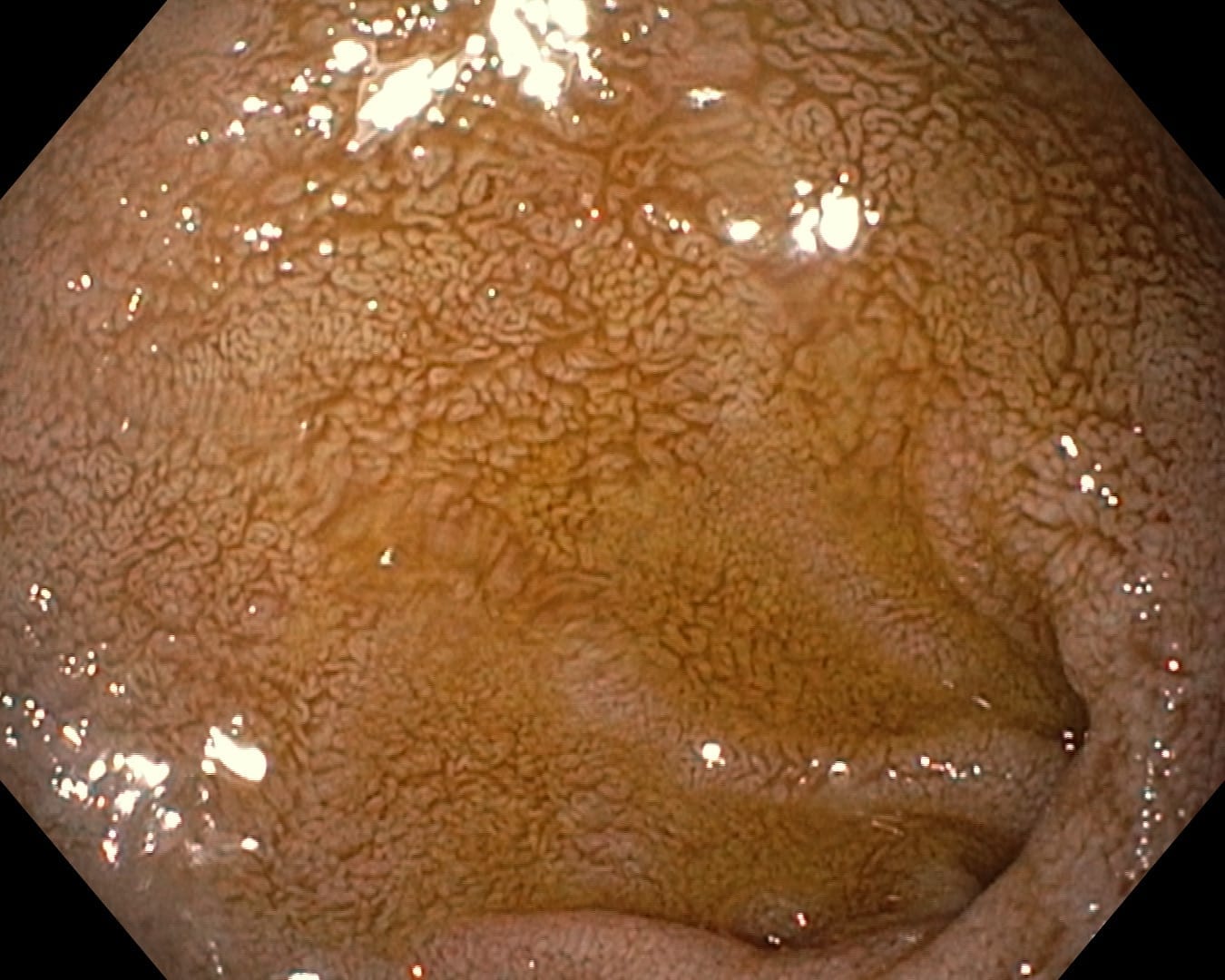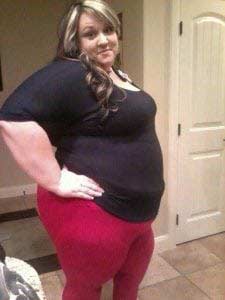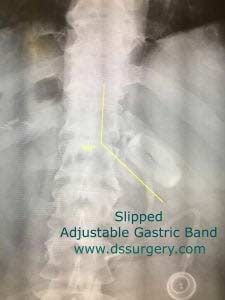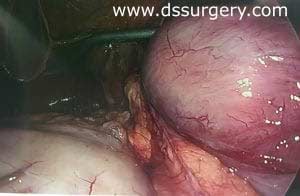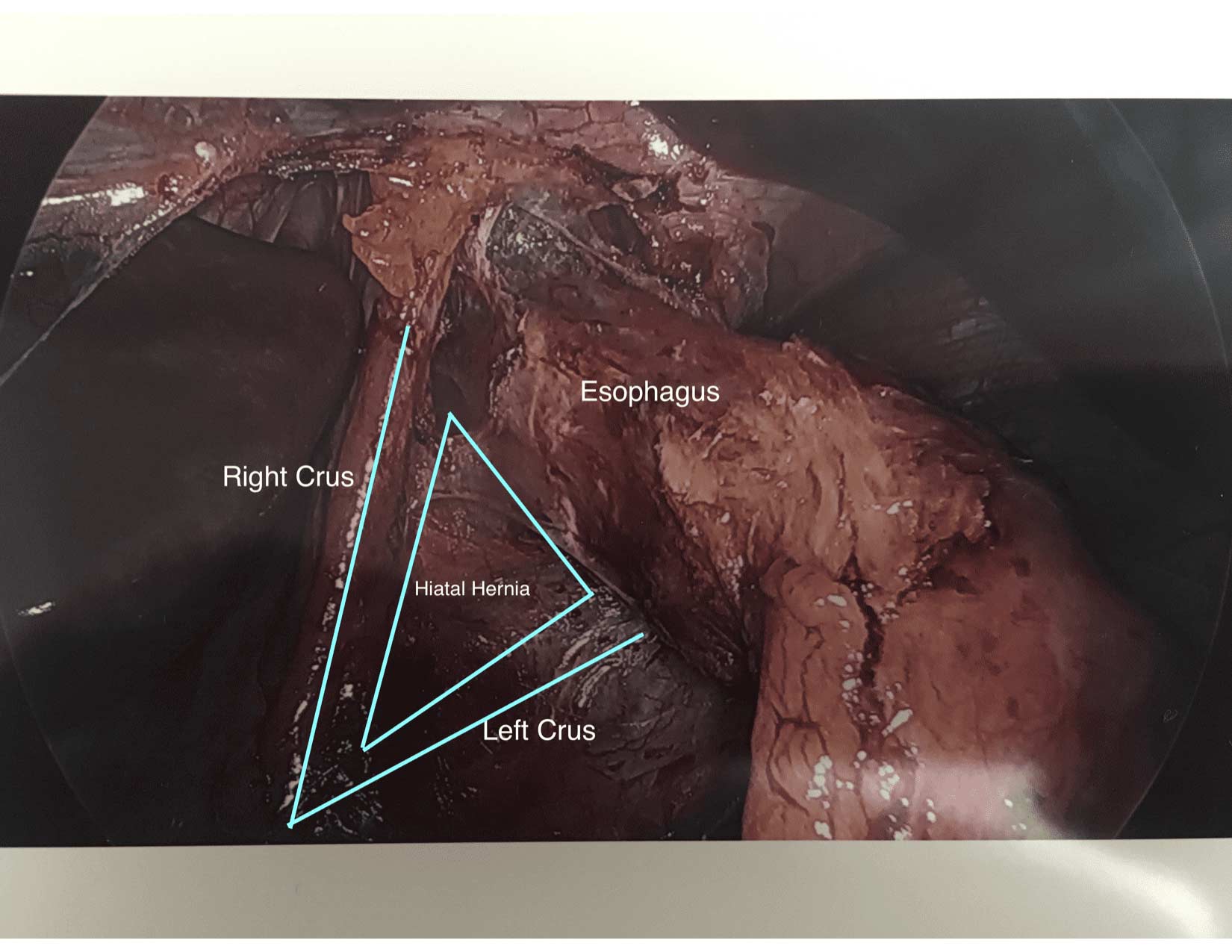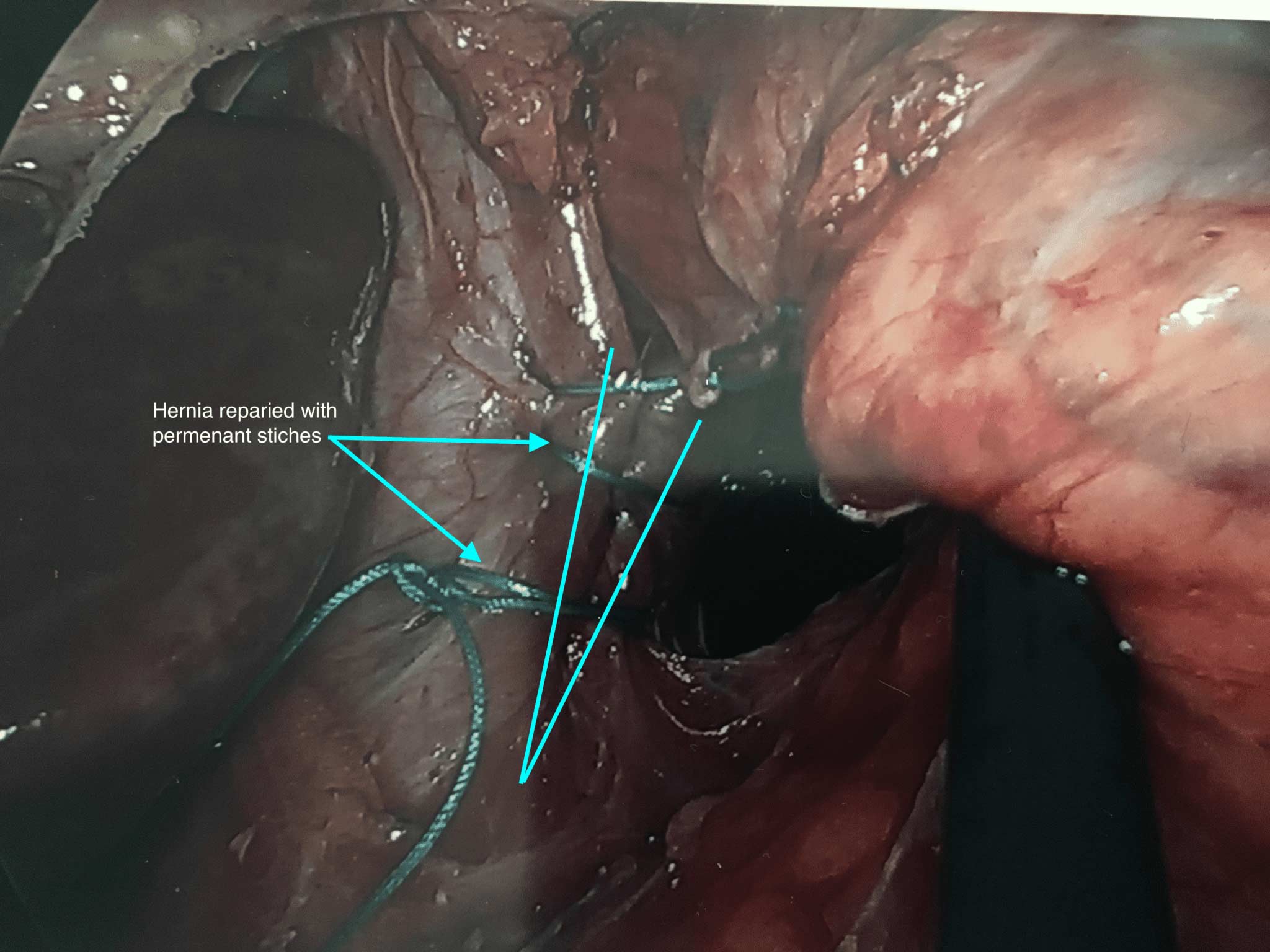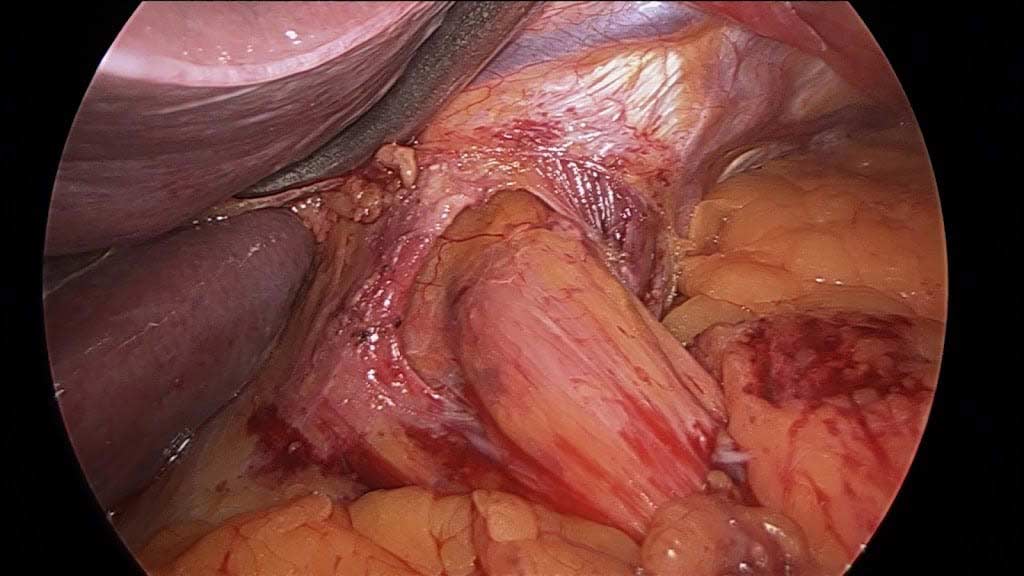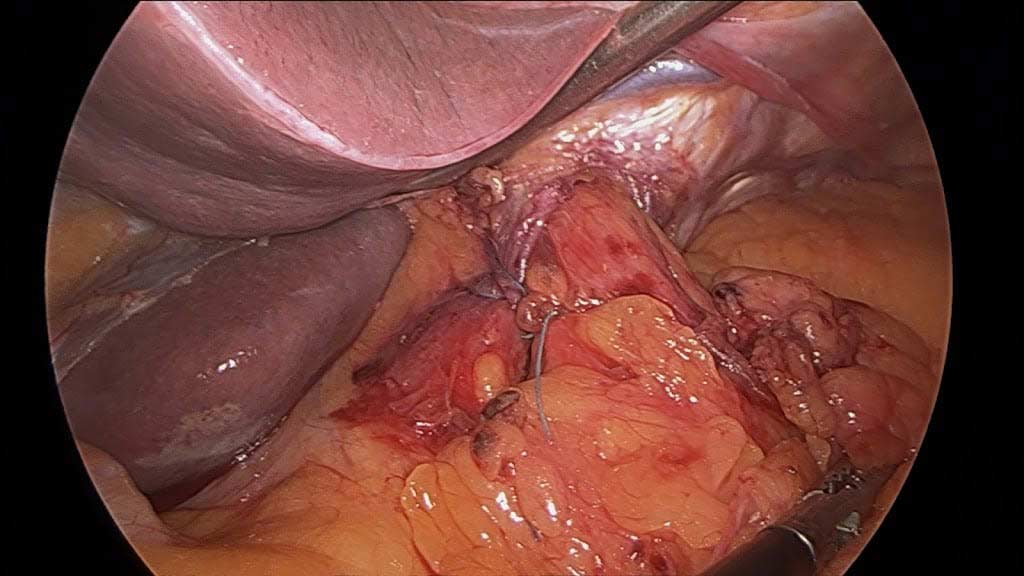Category: reflux
Long Term Health Implications of PPI Use, Antacids
November 19, 2019 12:38 pm
The FDA had initially approved almost all PPI’s, and antacids with an explicit limit placed on the duration of the therapy, which ranged in days to weeks. At that time there were no long term studies done on the health benefits, or side effects of the long term use of the PPI.
This Summary Letter outlines all the concerns dating back to 2011. I have found the information in this letter a good overview of the supporting medical evidence and lack of any long term data in regards to long term PPI.
The FDA made changes in the Black Box warning of the PPI medications. This was done with the mounting evidence and the health concerns of long term PPI use.
PPI’s have been shown to have detrimental long term side effects. It is prudent that a patient is continuously monitored and evaluated for identification of the possible underlying causes of the reflux, that may be the reason for the PPI use. There are a whole host of potential causes of reflux and other options for treatment.
There have been numerous studies recently published:
It can lead to increase risk of fractures and in a large study from the VA system it has been associated with the risk of premature death
Gastroesophageal Reflux: Bile Vs. Acid
May 14, 2019 12:52 pm
Gastroesophageal (GE) reflux is the condition when the stomach content are able to “reflux” back thru an incompetent lower esophageal sphincter (LES) into the esophagus.
Gastroesophageal reflux Disease (GERD) is the clinical condition which is the result of long standing reflux and results in microscopic and visible changes to the inner lining of the esophagus, esophageal mucosa.
GERD is a non descriptive as to the cause of the condition. It only states that the content of the stomach have been irritating the lining of the esophagus on chronic bases. This can be caused by an anatomical abnormality fo the GE junction (Hiatal Hernia), or may be related to disfunction the LES. Other possible causes of the GERD may be infection (H.Pylori) environmental (stress) and dietary (nicotine, alcohol, caffeine, spicy food) in origin.
So far we have not clarified the chemical nature of the the refluxed content.
In Acid Reflux, the relative acid overproduction of acidic secretion and the exposure of the esophageal mucosa is what needs to be addressed. This is accomplished by acid suppression medications, Anti Histamine (H2 blockers) Proton pump inhibitors (PPI) for example. The physiology, and the mechanism involving this condition is well understood. As a surgeon, we do however see patients who should have had surgical intervention. The initial mode of therapy for a patient with documented acid reflux, and or symptomatic hiatal hernia is placing them on medication. These patients are then recommended to have related upper endoscopy. Patients who do not improve or where deterioration of the esophageal mucosa, presence of precancerous cells, then the patients are referred for surgical intervention.
Bile Reflux, contrary to acid reflux may have very little if anything with the LES. The symptoms experienced by the patient may be as ofter related to the excessive bile in the stomach seen frequently
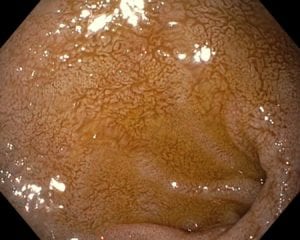
after cholecystectomy, or in those patients with dysfunctional gallbladder (low EF on HIDA scan).
The treatment of Bile reflux, is Duodenal Switch with without the associated sleeve gastrectomy component in addition to repair of hiatal hernia if present Ann Surg. 2007 Feb; 245(2): 247–253.
Bile Reflux Gastritis
January 10, 2018 1:45 pm
Bile reflux gastritis has been recognized as a significant cause of dyspepsia in a subset of patients. This patient group set does not respond to the standard treatment (not expected to) and some get improvement with the treatment of H.Pylori infection if one is diagnosed at the time of upper endoscopy and biopsy.
Inflammation and Foveolar hyperplasia are some of the findings that can be seen endoscopically. This and other findings have all been documented in the literature. An article published in 2005, reported over 40% incidence of Foveolar hyperplasia in patient with bile relax.
It is been noted that bile causes the thickening of the mucosa lining of the GI track. This is called Foveolar hyperplasia when the mucosa of the stomach is noted to be thicker with more numerous and deeper folds.
The treatment for this is reduction and prevention of bile reflux to the stomach, in some cases this can only achieved by surgical diversion of the bile from the stomach. Additional information on Bile Reflux and the surgical treatment can be found here.
Shared Success- Samantha had a Sleeve to Duodenal Switch Revision
July 14, 2017 9:30 am
After struggling with obesity for most of my life I was finally fed up. I had heard about weight loss surgeries before but was always under the common misconception that it was for people who wanted the “easy” way out of a hard situation. I had been working out and reducing calories and tried every popular diet and trainer you could think of. I was still huge and each time I would stop one of these extreme programs I would only end up larger than I was before.
My husband’s cousin had the sleeve surgery and she raved about it. Watching her success is what started to open my mind to surgery, but I was only considering the sleeve gastrectomy. I went to a center in another state that offers Duodenal switch, lapband, RNY and the sleeve. The surgeon I met with strongly suggested RNY to me, but I was stuck on the sleeve. I didn’t want my intestines touched period. I had the sleeve surgery on October 9, 2013.
My high weight was 402 lbs and I weighed 343 on the day of my sleeve surgery. I actually did well with the sleeve and was able to get down to 218 as my lowest. However it was still much like dieting. It was so stressful. After a while my body wouldn’t drop the weight regardless of how little I ate and exercised. I was eating 800-1200 calories a day and low fat meals and working out and kept slowly gaining weight. I was frustrated and honestly I gave up. My reflux wouldn’t go away so I visited a bariatric surgeon in my area who suggested that we essentially re-do the sleeve surgery to make my sleeve small again so that I would eat less and lose weight again. I got a second opinion and that surgeon suggested I revise to RNY. I went to obesity help’s website to explain my situation and a lot of people with much more experience than me HIGHLY urged me to see Dr Keshishian before making a decision. He was said to be an expert in revision weight loss surgery. I almost cancelled my appointment and didn’t have hope with this doctor either, but since I was in a dead end I went anyway. Dr Keshishian told me it wasn’t my fault. WHAT!? I had never heard that before. I usually get the shame from doctors who assume I must not be trying or that I am secretly eating something wrong. He ordered tests and told me it was “simply science” and I just LOVED him! I had a stricture in my Sleeve that needed to be repaired so since I needed surgery anyway I decided to go ahead and revise to a surgery that has the highest success rate, Duodenal Switch.
I was so scared of my intestines being cut and Dr. Keshishian eased my fears. I wish I had went that route the first time but then I might not appreciate it like I do now. Duodenal switch is the ONLY surgery I would recommend to anyone. As Dr K says it’s simple numbers. It’s the surgery with the highest percent of excess weight lost and kept off. I was 252 before my revision from Sleeve to Duodenal Switch and I am just at a year out and today I weigh in the low 190’s and I am still losing. Dr K’s goal for me was about 180. My goal is about 175. I eat more fat now than I ever did even when I was 400 lbs. I enjoy what I eat and I enjoy exercising and most of all I get to enjoy seeing results from my hard work. Food no longer causes me stress and anxiety. I know with 100% certainty that I made the right decision. Thank you Dr. K for your great skill and I don’t mean just with the knife but with the way you are able to make a high anxiety situation seem like no big deal.
Slipped Band Emergency
April 27, 2017 12:35 pm
A slipped Band emergency
This patient had a Adjustable Gastric Band (AGB) or LapBand place approximately 7 years ago. The last time this patients had a follow up with the surgeon who placed the AGB was 5 years ago. The patients has been having reflux, episodes of Nausea and vomiting on and off for about 2 years requiring multiple medical visits and procedures. He/she has had upper endoscopies, not by the surgical team and was diagnosed with esophagitis.
This patient presented in the Emergency Room with projective vomiting for 24 hours, bloody emesis, and significant dehydration. After obtaining the necessary tests and X-ray studies a plan was constructed. At this time, due to the continuous and significant nature of the symptoms this patient was taken to the Operating Room for emergency AGB removal.
The abdominal X ray showed a slipped band. Following a complicated surgical procedure, the band was removed and a segment of the stomach that had eroded into the stomach was removed. The photograph below shows the end result with a portion of the stomach removed due to the band’s erosion into the stomach.
Additional information regarding complications of Adjustable Gastric Banding here.
We have several Adjustable Gastric Banding related surgical videos here under the heading of
“Band Related”, including a slipped band emergency video.
Reflux and Hiatal Hernia
April 17, 2017 9:41 am
One of the leading reasons for Gastro-esophageal reflux disease (GERD) is a physical defect called a Hiatal hernia. The esophageal Hiatus is the opening in the diaphragm where the esophagus enters from chest cavity allowing the esophagus to pass into the abdominal space. If the opening in the diaphragm is much larger than the esophagus, it will result in reflux of the stomach secretions and food from the stomach into esophagus. *Note: Graphic surgical pictures below
Hiatal Hernia Causes:
- heavy lifting
- coughing
- obesity
- injury
- persistent vomiting
- age related
Reflux and Hernia Symptoms:
- sour taste
- reflux
- heartburn
- belching
- chest or abdominal pain
- difficulty swallowing
- vomiting
- no symptoms
The treatment includes dietary changes, medication and in those who do not improve surgery.
Hiatal hernia repair includes tightening of the dilated opening of the esophageal hiatus by re-appoximating the separated muscle fibers of the right and the left crus. This tightens the defect in the diaphragm and helps prevent part of the stomach or stomach contents from entering the chest cavity.
You can find further information and dietary changes regarding Hiatal Hernia and GERD here, including information unique to weight loss surgery and Hiatal Hernia. You can also find further surgical information, as well as a surgical video here.
Hiatal Hernia Repair- Reflux and Adjustable Gastric Band Revision
January 14, 2015 3:47 pm
Hiatal Hernia is an anatomical weakening or enlargement of the opening in the diaphragm where the esophagus meets the stomach. The defect can allow a section of stomach to slide or roll into the chest cavity. This causes the reflux of stomach content back to the esophagus. Esophageal Reflux may also be occur without the presences of a Hiatal hernia. It is reported that approximately 60% of people over 50 have a Hiatal hernia with about 9% being symptomatic.
However, over the years we have also noticed a significant increase in reflux disease in patients who have had adjustable gastric band placed. Quite frequently the reflux symptoms after the band is ” blamed” on the patient’s eating habit. Most of the time all studies are reported as “normal” and the complaints are discounted. Other symptoms of Hiatal hernia may or may not include shortness of breath, heart palpitations, or a feeling of food being stuck.
It is important to confirm the presence or absence of a hiatal hernia when considering revision from an adjustable gastric band procedure. Any hiatal hernia identified either before surgery or at the time of the operation will need to be repaired surgically.
With a hiatal hernia repair, the opening is made smaller, and the esophagus, stomach and the junction between them is returned to the proper location to minimize-eliminate reflux.

